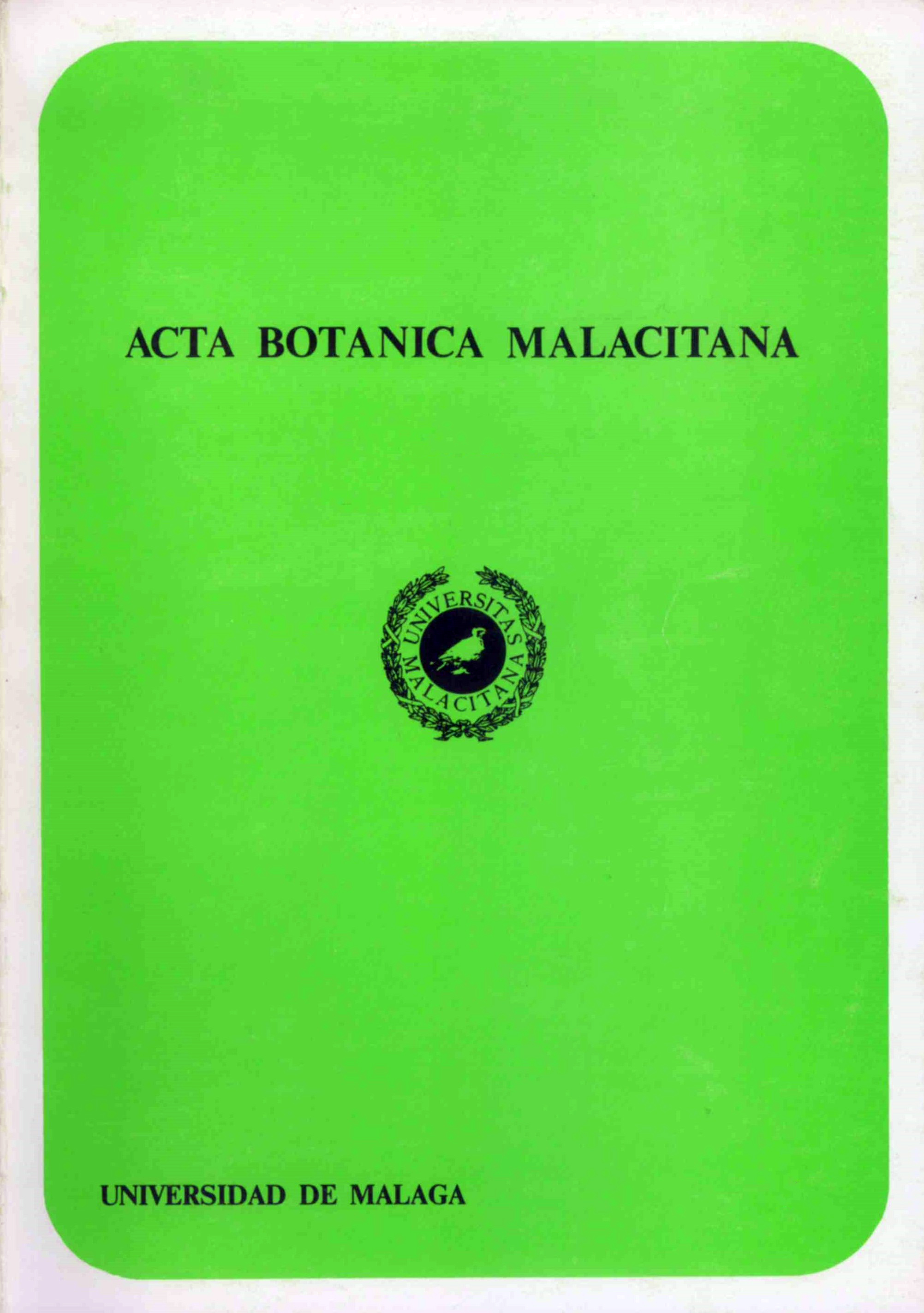The family Thelypteridaceae in Europe
DOI:
https://doi.org/10.24310/Actabotanicaabmabm.v8i.9645Keywords:
.Abstract
Thelypteridaceae are mainly tropical ferns, the total number of species is about one thousand. The five European species represent five different groups, each of which has recently been accorded generic status. Thelypteris palustris Schott (including three varieties) extends throughout north temperate regions, with a closely allied species south of the equator; chromosome numter n=35. Phaegopteris connectilis (Michx) Watt (triploid with base number 30) and Oreopteris limbosperma (All.) Holub (n=34) are members of small genera confined to north temperate regions. Stegnogramma pozoi (Lag.) K. Iwa-cs. (n=36) represents a genus of 12-15 species, mainly in Africa and Asia, with one in Mexico. Christella dentata (Forsk.) Brownsey & Jermy is a wide-ranging and variable tetra- ploid species of a pantropic genus (c. 60 app) the centre of distribution of wich appears to be Burma-Assam (base number 36).
The genus Cyclosurus (s. str.) comprises a small pantropic group of species with grow (like Thelypteris) in open permanently swampy ground; I belive Cycicsorus and Thelypteris to be closely related genera. Stegno- gramma is related to Sphaerostephanos which (in arrangement of Holttum) is the most diversified genus in the Old World with c. 140 spp. in Malesia . Christella is probably also related to Sphaerostephanos though less nearly than Stegnogramma.
Downloads
Metrics
Downloads
Published
How to Cite
Issue
Section
License
All information related to the licensing of published works in Acta Botanica Malacitana and copyright can be found in our Editorial Policy.







1.png)
